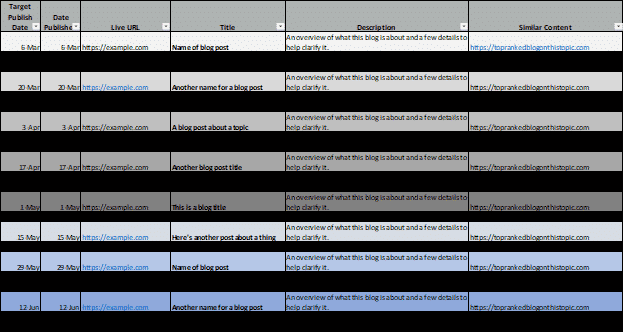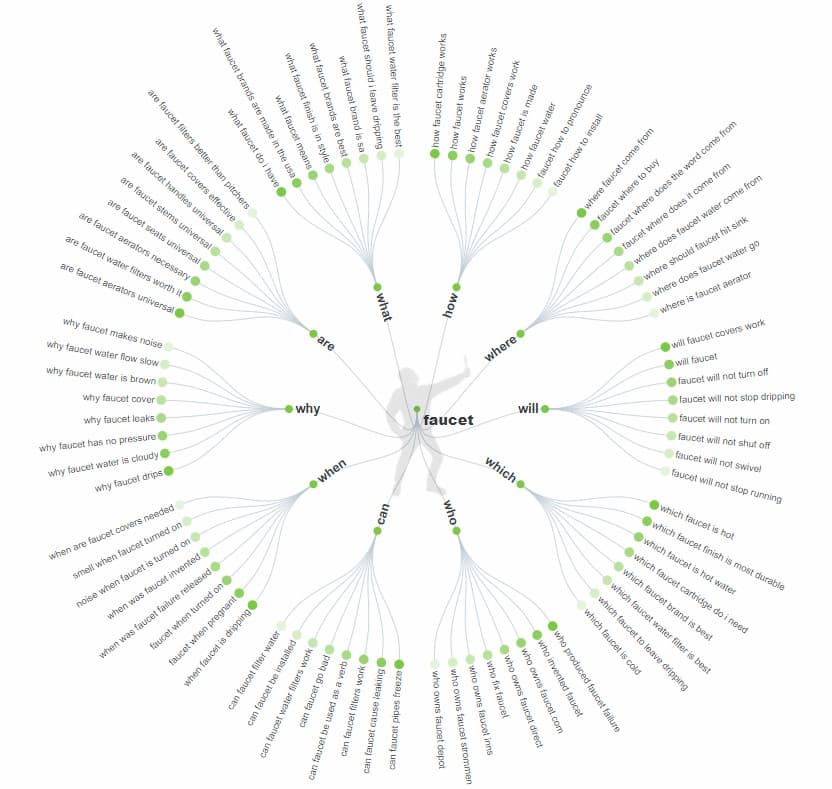Last Updated on March 15, 2021 by admin
Running a plumbing business means you have to wear a lot of hats. Depending on the size of your operation, you might be scheduling workers, managing payroll, managing your sales and marketing, all while still doing plumbing jobs. That’s a lot for anyone to handle. So, when someone starts whispering in your ear that you need to start making blog posts so your website will bring in more leads, how do you even get started.
Is it worth the time?
Like most efforts as a small business owner, you get out of it what you put into it. But creating a successful blog as a plumber requires more than just hard work, you also have to have a plan. If you write poor content or content that nobody wants to read, you will in fact just be wasting your time. But, if you write high-quality content that users are looking for, you can get a lot of mileage out of it.
Writing good blog content can do a lot of things for your business.
- Get you hundreds, or even thousands of new visitors to your website each month to read about your topic.
- Quality blog posts are great for plumbing SEO and can improve your site’s overall search rankings.
- Provide you with content to share on social media.
How do I find the time?
This might be the hardest thing for plumbers to wrap their heads around when they want to get started blogging. What we’ve found works best is to create a content calendar and commit to a schedule. Creating two blog posts per month is an attainable goal, and it will give your website a steady stream of content for your visitors to sink their teeth into. Put your target publish dates on your calendar, and also a reminder a week before that you’ve got a deadline coming up. This will help keep you on track.
Where so many small businesses lose their way is by not planning out the content of the calendar in advance. It’s a whole lot easier to sit down and start writing when you don’t have to come up with an idea on the spot. When we create a content calendar, we usually sit down and come up with 3-6 months’ worth of topics. We’ve got a sample of one of our templates below. You can download a copy of the complete template and try it out for yourself if you’d like.

We typically create columns for:
- Item (this is so we can easily sort the spreadsheet)
- Target word count (based on the other top ranking pages on this topic)
- Target publish date
- Date published
- Live URL
- Title
- Description
- Similar content (this is typically a combination of the highest-rated search result and the highest quality search result – sometimes we list multiple pages here)
- Target keywords (what we want the post to rank for)
- Monthly average search volume (how often your selected target keywords are searched each month globally – a tool like Wordtracker can help you out here)
How do I figure out what to write about?
You’re a plumber. You know plumbing. You should write about plumbing. That sounds way too simple, but it’s good advice. Writing about practical things you experience on the job should offer mountains of opportunities for blog posts. Talk to your own team and start brainstorming around the following topics.
- What are common questions customers have related to bathrooms/kitchens/sinks/tubs/drainage?
- Do certain products have common issues that customers should know about?
- What are common DIY mistakes people make when plumbing?
- What important plumbing considerations should people take into account for new construction?
Your customers might have already done some of this work for you. If you have a Facebook page, for example, check out your message history. What sorts of questions are your customers asking you on there? You can do the same with your company email – just do a search for question terms in your inbox like “how” “what” “when” and see what people have asked you in the past. These are likely great ideas for your next blog post.
If you don’t have that luxury, fortunately, the internet offers up all kinds of free tools to give you a hand. Here are a few tools that can help you come up with topics that people are really looking for.
- Answer the Public. This tool lets you input a term or a phrase and it uses Google’s autosuggest feature to parse out questions, prepositions, and comparisons people commonly search for.

- Quora. Quora is nothing more than a community of questions and answers, which makes it a perfect research tool for someone writing a plumbing blog. Type in a topic as general as “plumbing” or as specific as “Are coffee grounds bad for your sink?” and then see which topics have a high level of upvotes, comments, and engagements. If a topic is hot on Quora, it’s a good sign that there’s a lot of interest in that subject.
- Google’s “People also ask” questions. If you’ve already generated a loose list of topics, just start typing things into Google and add any topics to your list that you feel would make for a good post. Below are some results from a search for “toilet leak”.

How do I determine what’s a good topic?
You really want to tackle topics that there’s a lot of interest in. A little bit of this is intuition, while the rest comes down to doing your homework and looking into the data. The intuition side of things can make itself pretty obvious. Let’s say you’ve noticed a new trend that more and more of your jobs are to install some fancy five-headed shower setup. This is new, and obviously becoming popular among potential customers. You may want to write a post on the pros and cons of this new product or some tips on where and how to install them.
Don’t be afraid to give away some details. The truth is, if someone is capable of doing DIY plumbing work, they’re probably not going to call you until they get way out of their depth. However, if you lure in someone who is just researching a fix for a problem, or about doing their own installation, that added detail can scare them off from trying it themselves. Fortunately, when they reach that point, they’re already on your plumbing website – so you’ll be the first person they’re likely to reach out to for a quote.
Data is the other component here. If you can get some statistical proof that people are searching for a topic, that should seal the deal for you.
The previously mentioned Wordstream tool does a great job of expanding on keywords and giving you estimated monthly volumes for those searches on Google and Bing.

Sometimes, these tools won’t provide you with any results if a topic is too new, or has low volume. That doesn’t necessarily mean the topic isn’t a good one – they just don’t have enough data yet to give you feedback. Here’s where a tool like Google Trends can show you if something is getting popular.
Google Trends won’t show you exact volume numbers, but it will give you relative growth numbers, and you can compare one topic to another. The example below is the sign you’re catching a hot topic on the upswing – even if keyword volume tools tell you there’s not much volume yet.

How do I write a good post?
This might be the hardest part of the whole equation, but you’ll get the hang of it. First and foremost, check the competition. How did they cover the topic? What questions did they answer? Did they break the content up into sections – if so, what were they? What did they do well, what could they have gone into more detail on? Were there things they missed altogether? Did they have pictures, and were they helpful? The goal is to make an easy to read, yet detailed post that covers the bases better than all of your competitors.
Some helpful things to consider when making a post:
- Make a descriptive title
- Use subheadings to make the content easier to read
- Use high-quality pictures where it will help your reader (don’t steal them from other sites, that could get you sued)
- Cover topics completely – more detail is typically better than less detail. If a topic is too long for a single post, break it up into several and then link them together – make sure part one links to part two and three and vice versa.
- Always include a pitch for your services and your phone number, email, or link to your contact page in every post.
Keep in mind that success in blogging takes time. Assuming you share your posts on Facebook, see which ones got the best responses. You can also check your Google Analytics after a while to see which posts are generating the most traffic. Once you get a feel for which types of posts are succeeding, you’ll be able to add more ideas to your content calendar to keep the momentum going into the future.

Leave a Reply